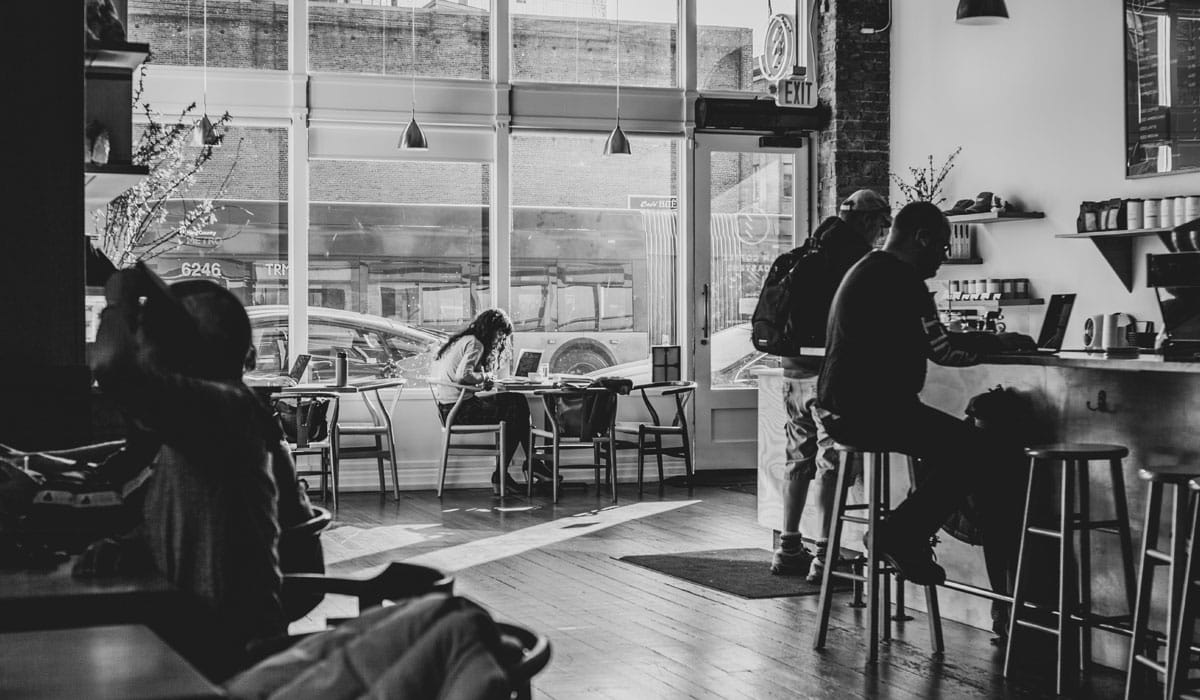The SBA sent an email late Wednesday to Restaurant Revitalization Fund applicants announcing the end of the program. Access to the portal will close July 14.
The program—the subject of ample criticism in recent weeks—provided funding to more than 105,000 restaurants, representing $28.6 billion. It supported 3,777 small restaurants with gross receipts of less than $50,000 in 2019 as well, the SBA said.
“Due to overwhelming demand, the SBA was unable to fund all qualified applications with the original appropriation provided in the American Rescue Plan Act,” the email read. “Those applicants who have not received funding as of this email will have their applications held within the application platform to allow for processing in the order received if additional funds are provided by Congress.”
The portal will remain open for two weeks, as noted, so applicants can check their status, address payment corrections, or ask questions.
In all, the SBA received north of 370,000 applications from restaurant owners nationwide, meaning some 265,000 applicants were left out. Funding went dry in three weeks. The total figure of applicants is about 55 percent of the total number of eating and drinking establishments open in February 2020.
On average, restaurants requested grants of roughly $207,000, demonstrating “the tremendous financial need holding these small businesses back from recovery,” the National Restaurant Association said Thursday.
These operators sought more than $75 billion—clearly well ahead of the $28.6 billion set aside—a fact that’s led a bipartisan group in Congress to lobby for $60 billion in further aid. A dozen senators and 150 House members sponsored legislation this week to replenish the Restaurant Revitalization Fund. If that does indeed happen, the SBA will dole out future grants based on the order in which they were received.
It’s how the SBA decided where to divert rescinded funds from nearly 3,000 minority- and women-owned applications it pulled previously, despite approval. This controversy began with a federal court ruling that accused the SBA’s 21-day prioritization program of discriminatory practices. Two restaurants in Tennessee and Texas filed lawsuits, and two of three judges accused the SBA of “racial gerrymandering” and called its decision-making effort to award grants “unconstitutional.”
“For 100,000 restaurants, the RRF has made their future clear and stable, but for the more than 200,000 operators shutout of funding, receiving this letter today only heightens their fear and anger,” Sean Kennedy, executive vice president of public affairs at the Association, said in a statement. “Across the country, a growing number of restaurants have uncertain futures. Many are in the ironic position of seeing indoor dining resume but are taking in less revenue amidst rising food prices and inadequate staffing to fully open. These operators have made all of the cuts and changes they can to stay open for the last year and are once again worried they won’t make it another month. We need Congress to act on the RRF Replenishment Act to provide the SBA with the funds they need to complete this important mission.”
The restaurant industry has come a long way from spring to the doorstep of summer, but recovery is far from finished. Consumer spending in restaurants continued an upward trend in May, the Association said. At first glance, sales surpassed February 2020 volumes. However, after adjusting for menu-price inflation, real eating and drinking place sales remain approximately 3 percent below pre-pandemic levels.
Eating and drinking places registered total sales of $67.3 billion on a seasonally adjusted basis in May, according to data from the U.S. Census Bureau. Despite an unfavorable shift in the Father’s Day holiday, the industry posted its 13th consecutive week of positive same-store sales growth in the period that ended June 13, per Black Box Intelligence.
But even with these positive turns, the industry has to climb out of the hole created by more than a year of depressed business.
In the first 13 months of the pandemic, restaurant and foodservice sales were down $290 billion from expected levels, per the Association, and 90,000 restaurants are closed permanently or long-term.
According to a survey by Alignable, 39 percent of small business restaurant owners said they couldn’t cover their June rent.
Meanwhile, the costs necessary for running a restaurant are rising. The price of beef and veal (10.5 percent), grains (25.7 percent), and cooking oils (9.3 percent) all increased between April and May of 2021.
“The pandemic is not over and we still need help,” Erika Polmar, executive director of the Independent Restaurant Coalition, said in a statement. “When the IRC formed last year, we asked for $120 billion in relief because we knew the crisis facing independent restaurants was that dire. The vast majority of independent restaurants and bars suffered over sixteen months of losses without any meaningful relief. They face inflated costs of supplies, customers less willing to dine out, and debt and back rent that will soon come due through no fault of their own. The initial $28.6 billion in the Restaurant Revitalization Fund was always meant to be, as Majority Leader Schumer says, a ‘downpayment’ on a larger program that could ensure everyone who needs help can get it. The Restaurant Revitalization Fund was a lifeline for the 105,000 restaurants and bars who received one, and can do the same for the 265,000 who applied and were turned away.
“Congress must finish the job and refill the fund to ensure every independent restaurant can survive and thrive.”









